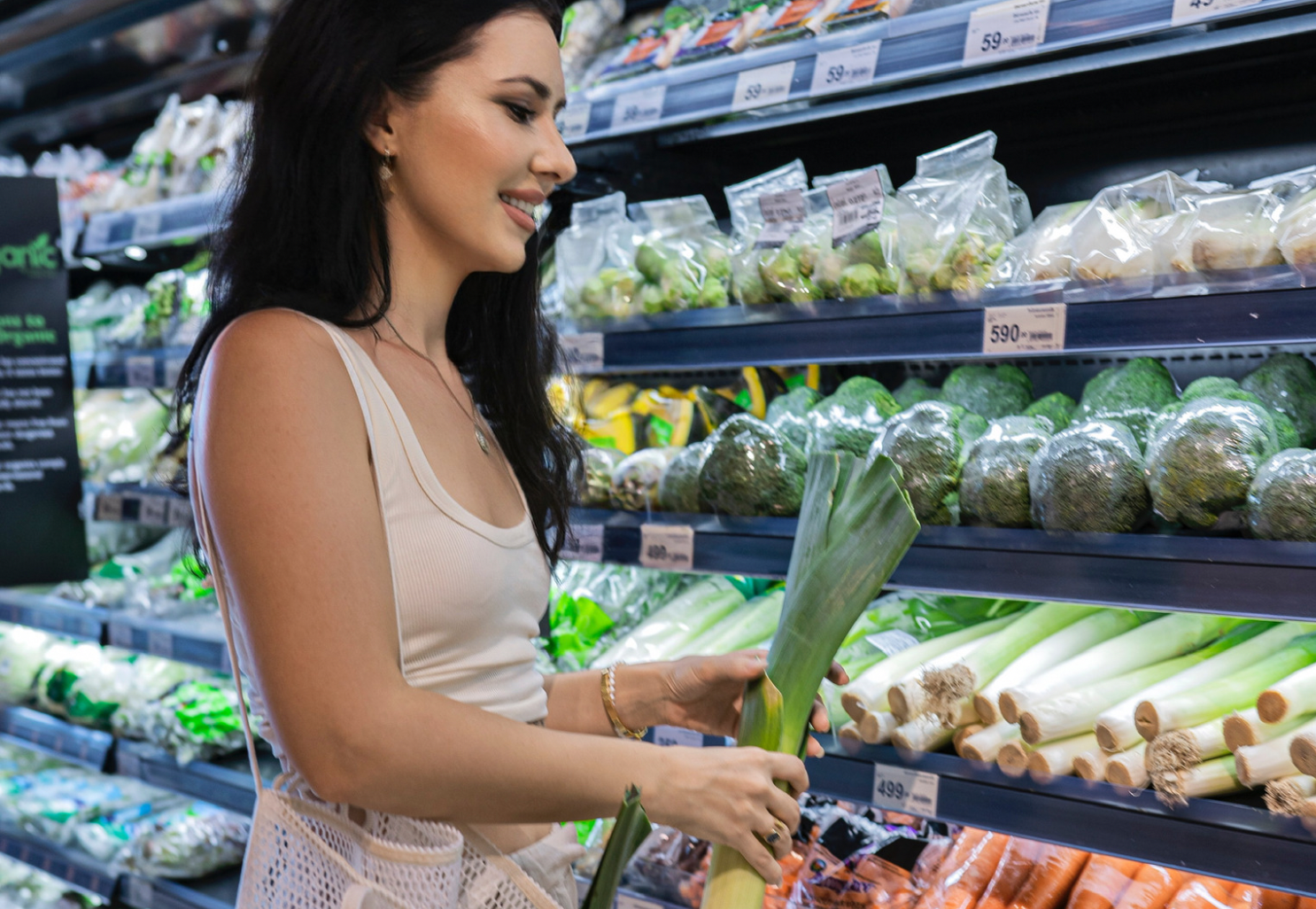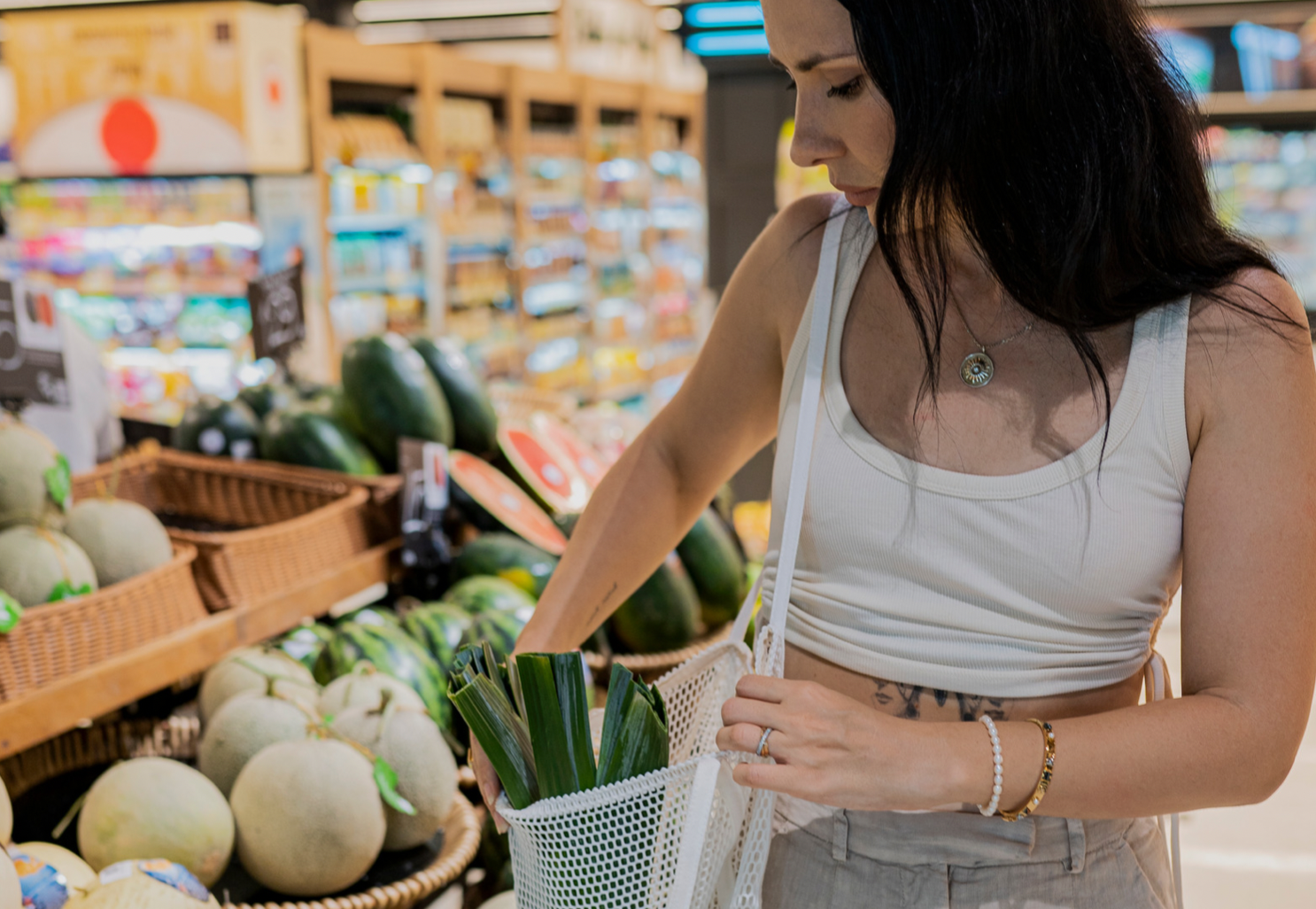
Following my “gut feeling” made me discover a passion in life and a new profession, which is why I do what I do now. I help people make better food choices and build healthy eating habits.
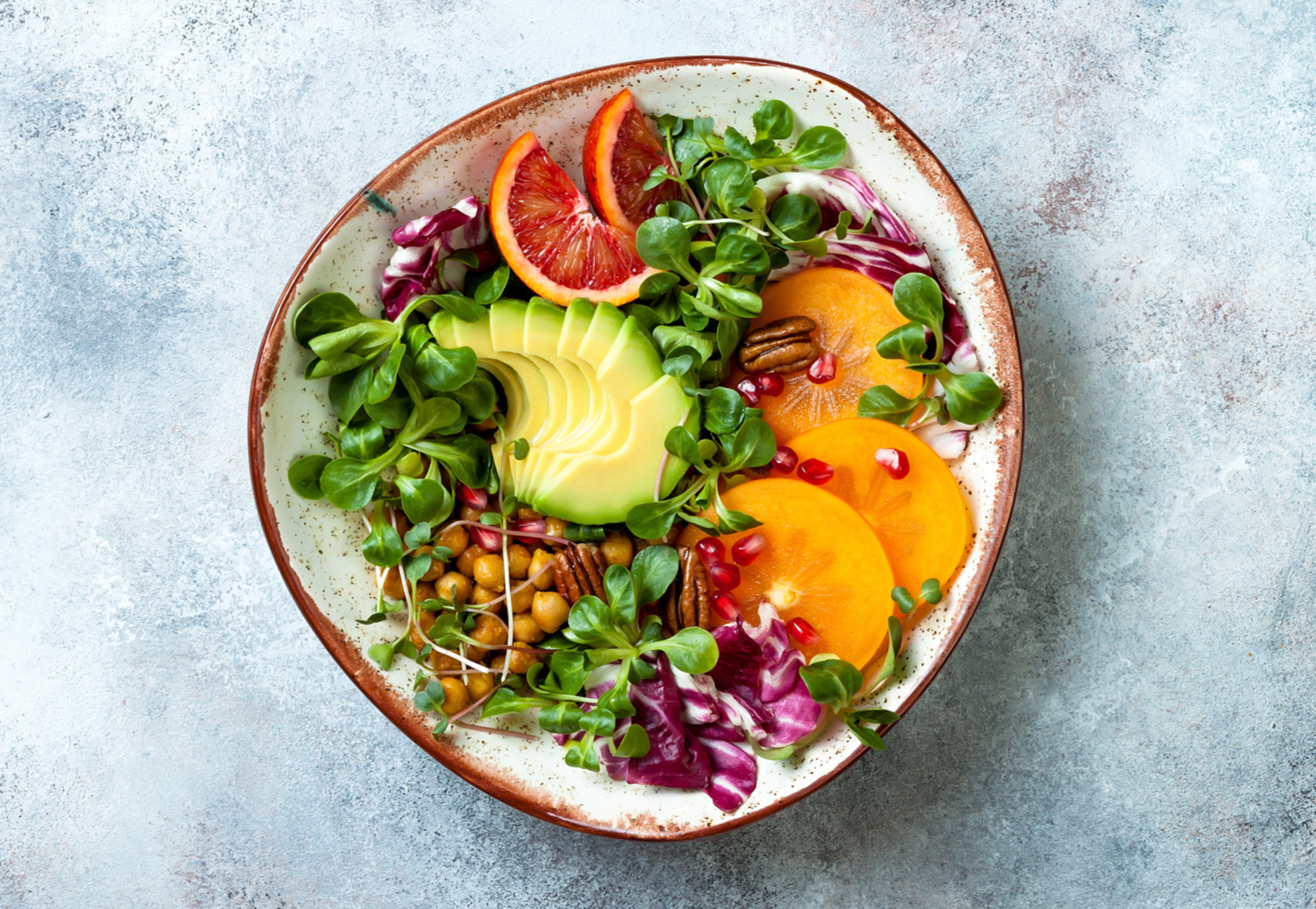
Nutrition is crucial in preventing skin damage and hair loss, preserving a youthful appearance and overall wellness. Unlike some other environmental factors that we can’t control, we can control what we consume.
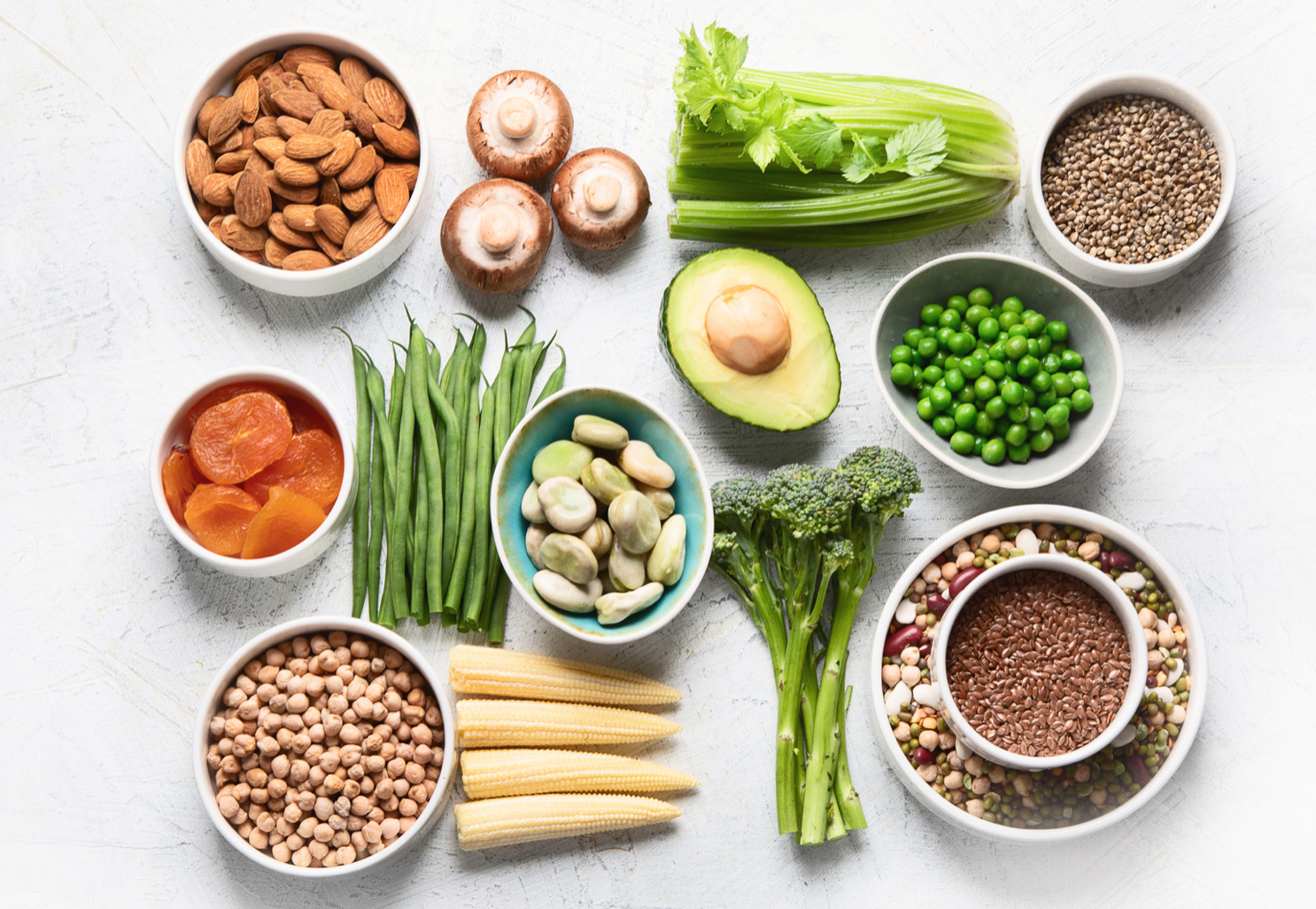
Most collagen brands claim to combat skin ageing, help with digestive issues and joint pains. However, let’s remember that there is little to no research supporting collagen supplementation.
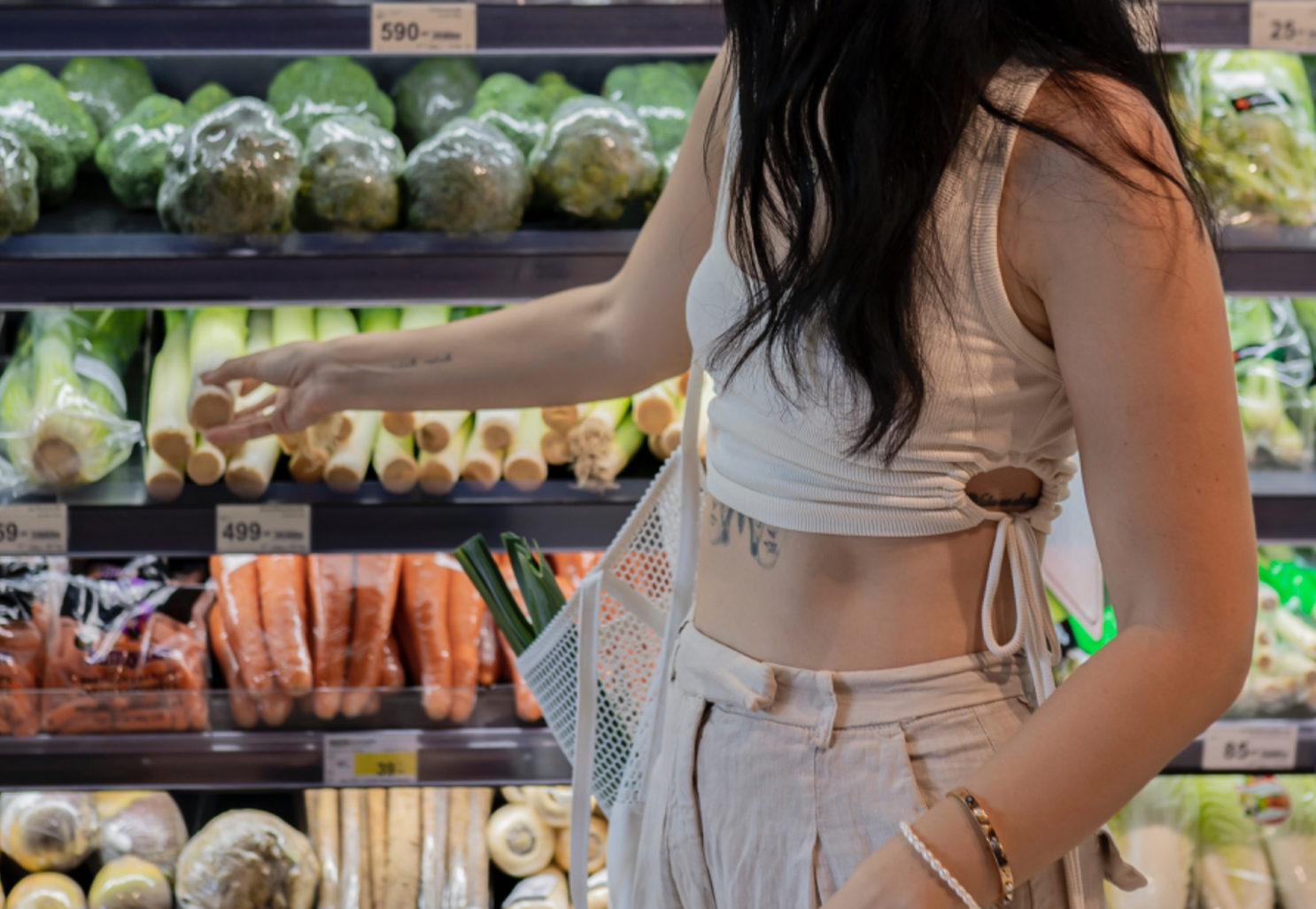
A qualified nutritional therapist can help set new goals and provide evidence-based information and guidelines while paying thorough attention to one’s physical and emotional well-being.
